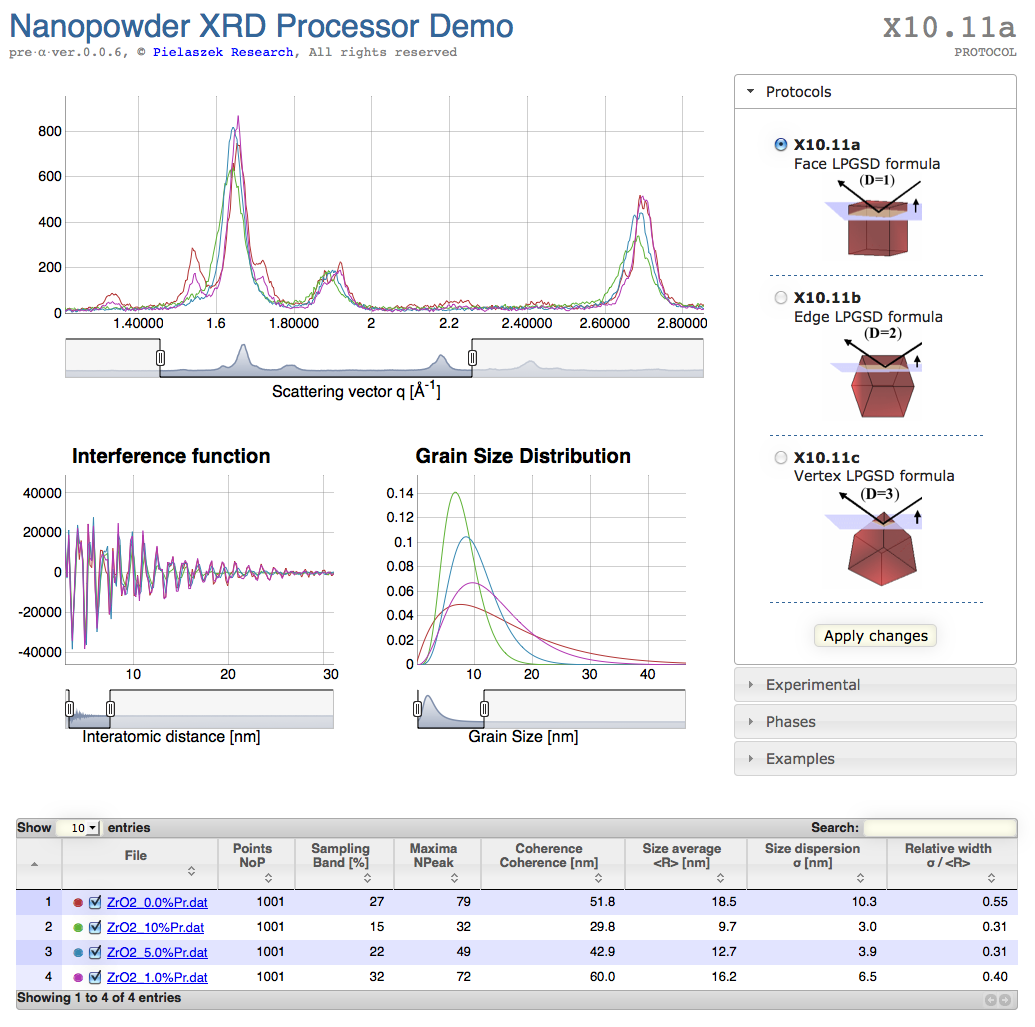| Search for content and authors |
Reliable XRD characterization in production or high-throughput laboratory regime |
| Roman Pielaszek |
|
Pielaszek Research (PR), Popiołów 10a, Warszawa 04-847, Poland |
| Abstract |
In industrial or project-oriented research laboratories, X-Ray Diffraction (XRD) is often seen as "more art then science" technique due to
Indeed, within nanomaterials research area, there are legitimate reasons to think so, as nanocrystals violate assumptions of a number of established diffraction theorems driving them towards unstableness or even singularities. Experienced XRD experts are trained to deal with the matter, but industrial or high-throughput research laboratories require unconditional reliability, reproducibility and specific accuracy (error bars) of the analysis. Diffraction theories suitable for nanocrystals, i.e. got rid of infinite crystal size assumptions, are woefully complex, however. In recognition of the problem, a mild-complex diffraction theory for nanomaterials wrapped in a user-friendly web-based service has been attempted. It is aimed to provide browser-based tool that performs microstructural analysis of nanocrystalline materials by nearly automatic processing of powder XRD pattern. Employed diffraction theory takes into account finite crystallite sizes, distribution of sizes (Grain Size Distribution), provides reliable error bars and authoritative status information (quality/quantity of input data in/sufficient for the processing). The tool, named "Nanopowder XRD Processor Demo", is now available for testing, free for academic research, at web address http://science24.com/xrd/  |
| Legal notice |
|
| Related papers |
Presentation: Invited oral at Nano and Advanced Materials Workshop and Fair, by Roman PielaszekSee On-line Journal of Nano and Advanced Materials Workshop and Fair Submitted: 2013-05-26 21:58 Revised: 2013-10-23 11:52 |